In the fast-paced world of automotive retail, where visual appeal is paramount, the significance of high-quality car parts photography cannot be overstated.
Whether it's showcasing the latest inventory, highlighting unique features, or enticing potential buyers, the art of capturing car parts in all their glory is a crucial aspect of marketing success.
In this article, we delve into the nuances of car parts photography, exploring the benefits of both studio and on-site shoots and how they can elevate your marketing efforts.
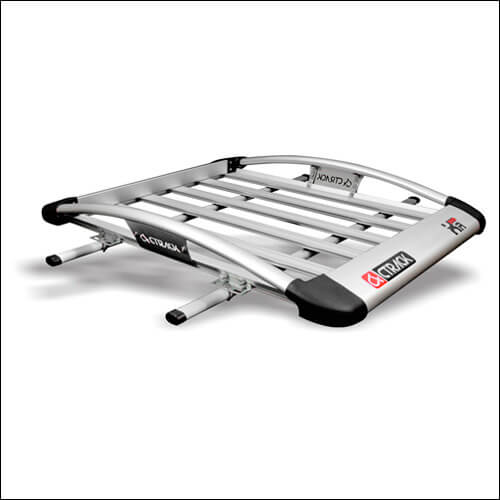
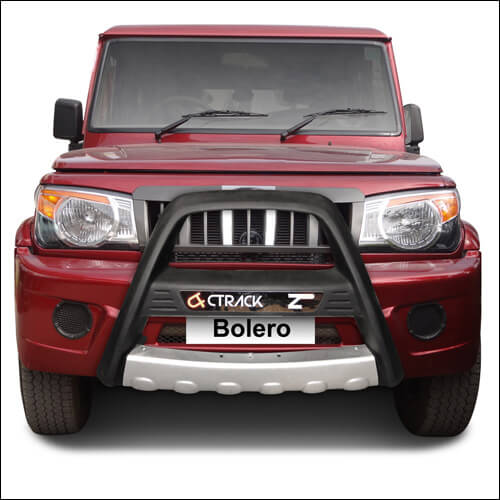
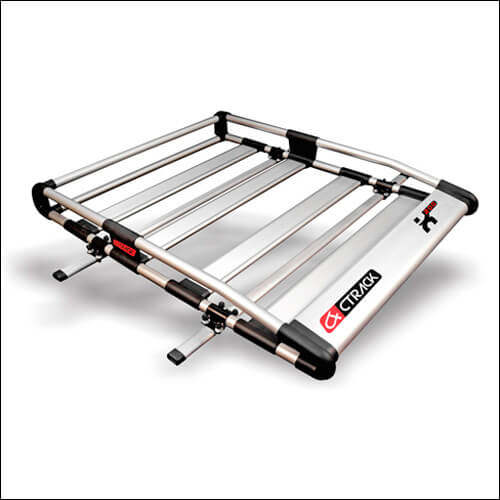
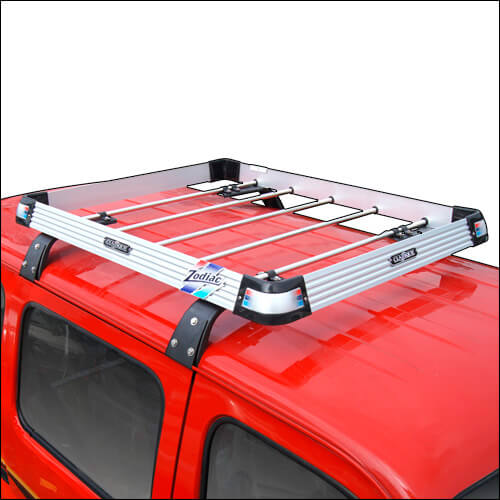
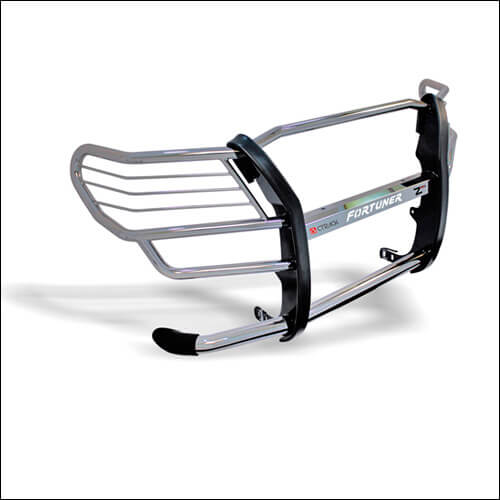
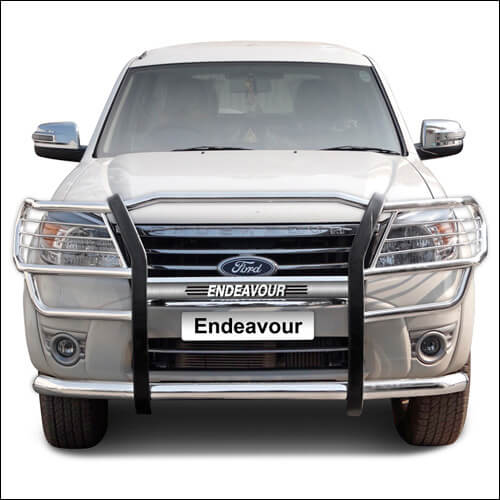
Studio photography offers unparalleled control over lighting, background, and composition, allowing photographers to achieve precise and polished results. By bringing car parts into a controlled environment, photographers can eliminate distractions and focus solely on capturing the intricate details that make each part unique. From engine components to interior fittings, studio photography ensures that every angle is meticulously crafted to showcase the product in its best light.
One of the key advantages of studio photography is consistency. With a dedicated studio setup, photographers can replicate lighting conditions and camera settings with precision, ensuring that every image maintains a cohesive look and feel. This consistency is particularly crucial for e-commerce platforms and marketing materials where uniformity enhances brand credibility and customer trust. Moreover, studio photography allows for easy integration of branding elements such as logos and watermarks, further reinforcing brand identity across all channels.
While studio photography offers control and precision, on-site photography brings a sense of authenticity and context to car parts imagery. By capturing parts in their natural environment – whether it's a bustling dealership, an auto repair shop, or a manufacturing facility – photographers can convey a sense of realism that resonates with viewers. On-site shoots allow for dynamic compositions that incorporate elements such as mechanics at work, customers browsing inventory, or vehicles in action, adding depth and narrative to the imagery.
On-site photography also offers the advantage of showcasing products in real-world scenarios, helping customers visualize how car parts will perform in their intended environment.
Whether it's demonstrating the durability of brake pads on a test track or showcasing the functionality of a roof rack during an outdoor adventure, on-site photography provides valuable context that enhances the perceived value of the product. Additionally, on-site shoots can capture candid moments and interactions that evoke emotion and build rapport with the audience, fostering a connection that goes beyond mere product features.
The general parts of the car photographed are:
Ultimately, the decision between studio and on-site photography depends on your brand identity, marketing objectives, and target audience. For brands that prioritize precision, consistency, and control, studio photography offers an ideal solution. On the other hand, brands seeking authenticity, context, and emotional resonance may find on-site photography to be more effective. In many cases, a combination of both approaches – leveraging the strengths of each – can yield the most impactful results.
Regardless of the approach, investing in professional car parts photography is essential for staying competitive in the automotive industry. Whether you're showcasing a new product line, updating your online inventory, or revamping your marketing materials, high-quality imagery is the key to capturing attention, driving engagement, and ultimately, boosting sales. By partnering with experienced photographers who understand the intricacies of car parts photography, you can elevate your brand image, inspire confidence in your products, and stand out in a crowded marketplace.
The final images are edited, digitally enhanced and whole set of complex post processing may be done, so that the car and automobile parts are displayed in the best possible manner for its end usage, which may be website or printed collaterals.
The following are the typical stages involved in photo-shoot of car parts:
We also photograph the full cars and you can view some of them, here: car photography in Mumbai.